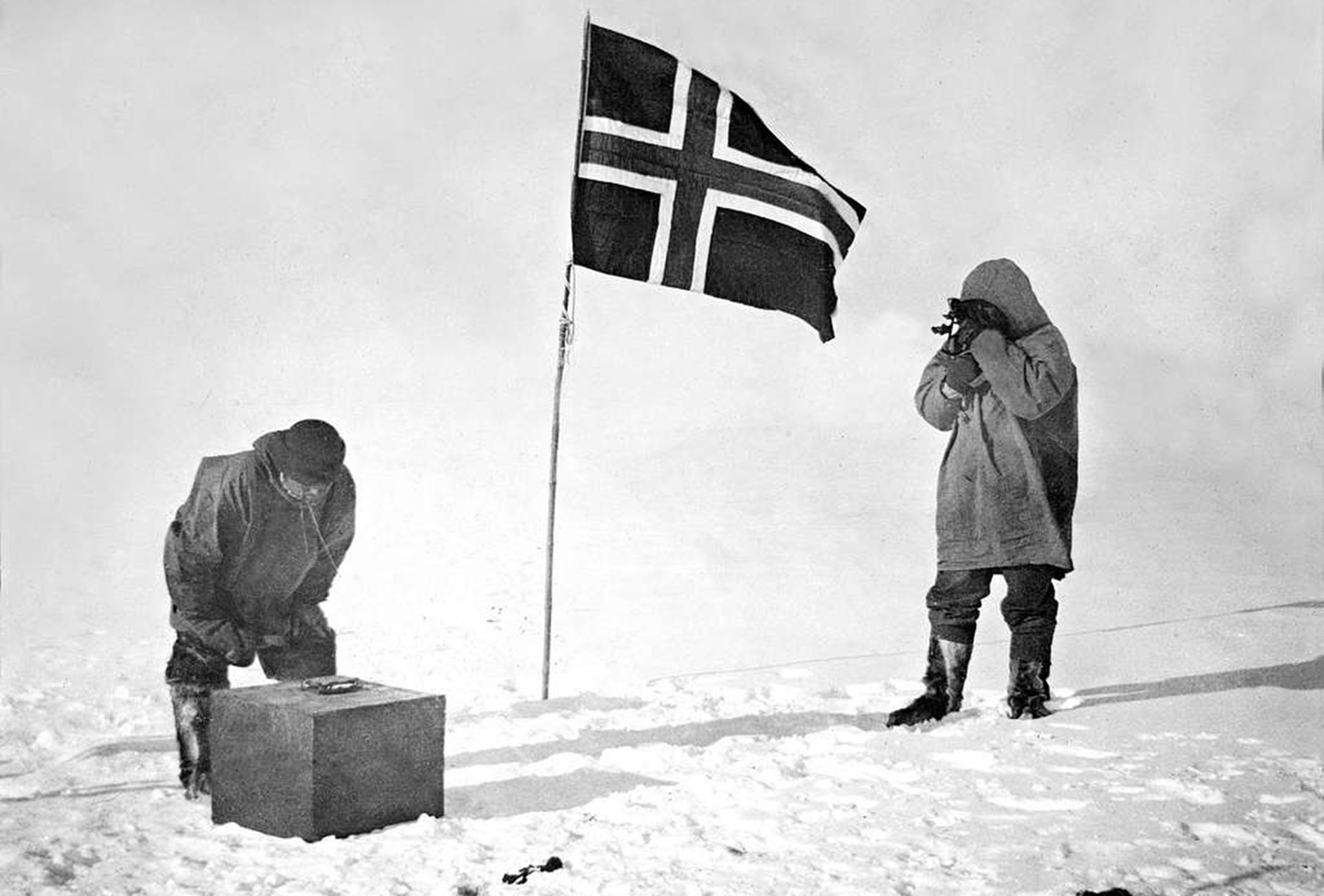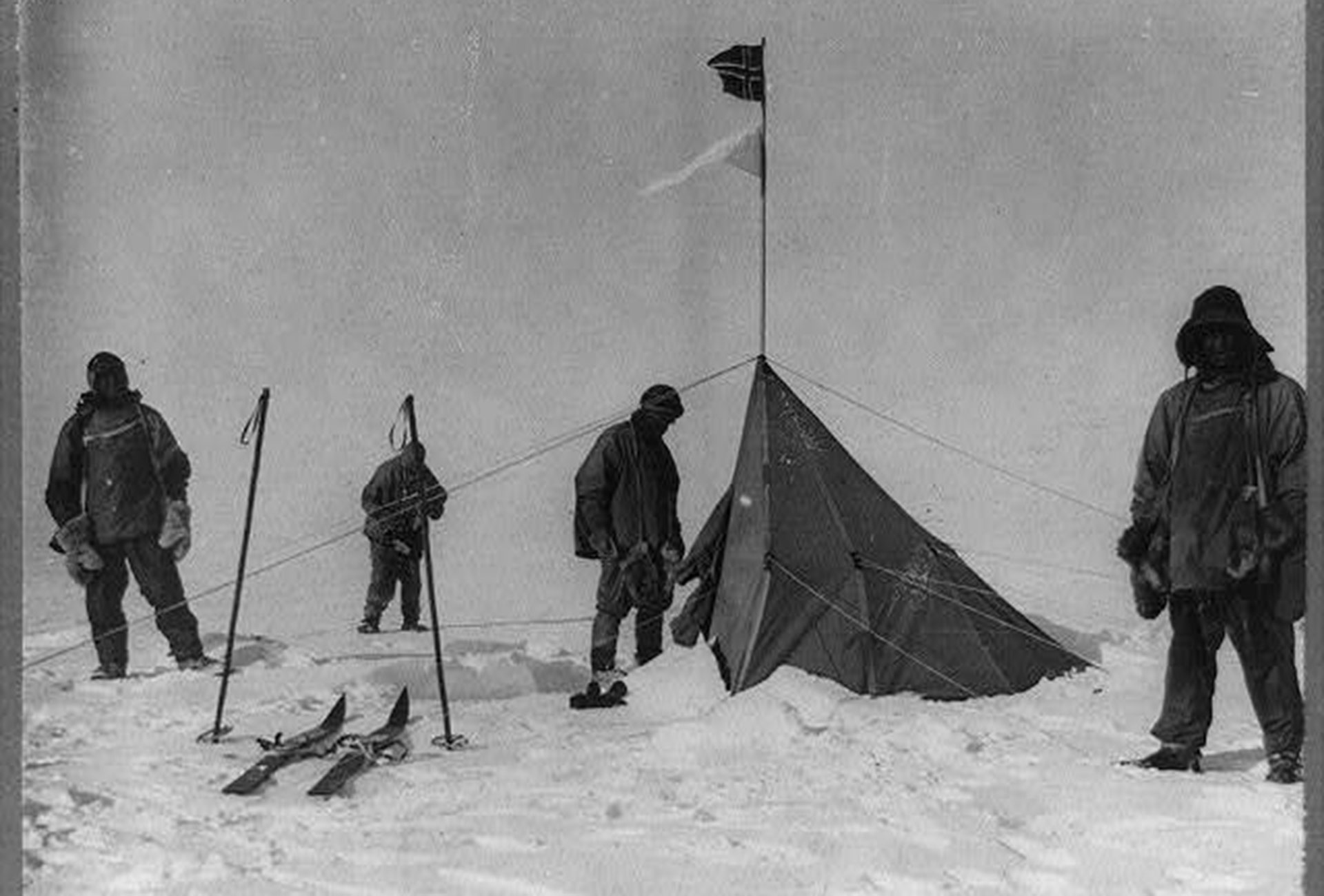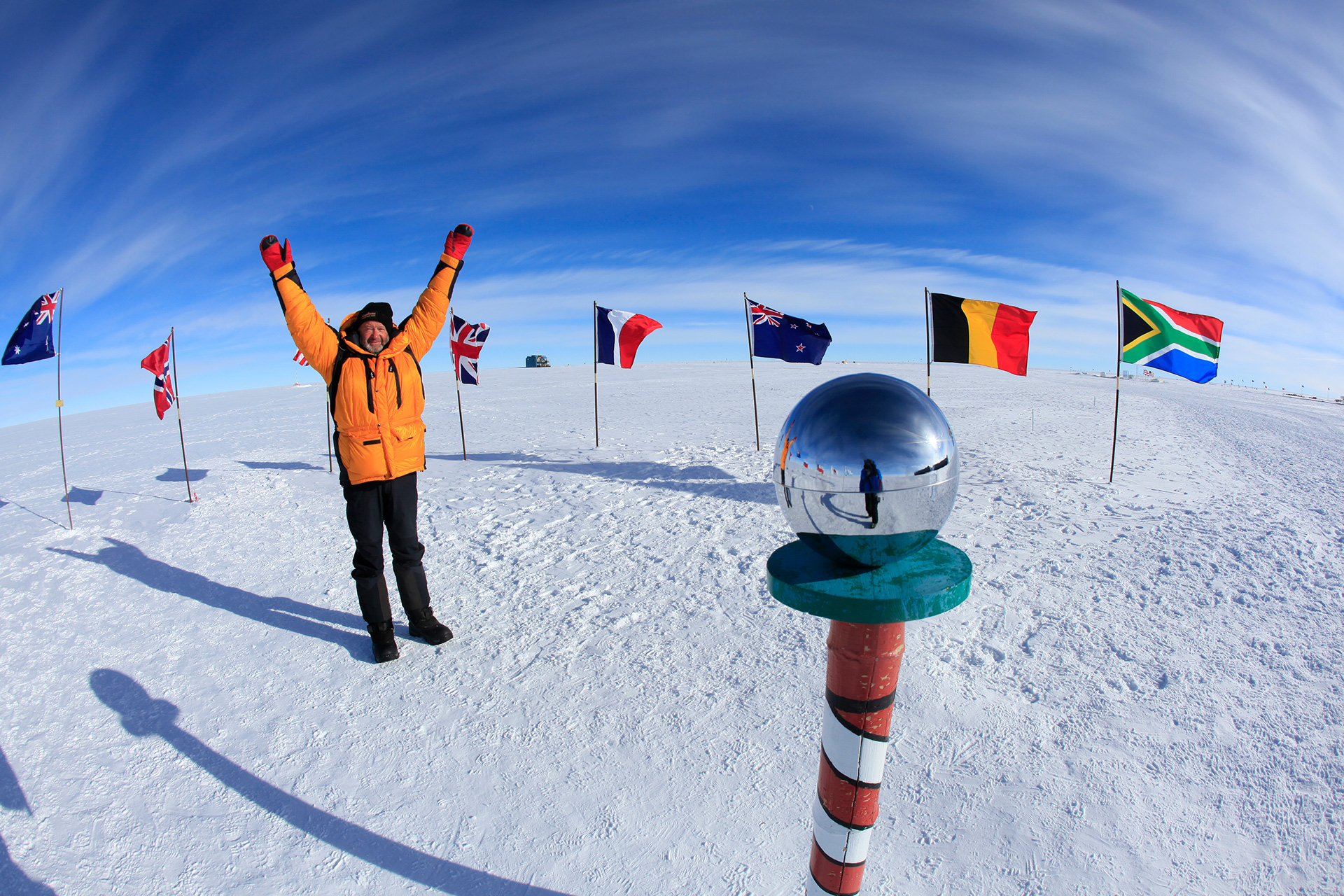December 14th marks the anniversary of one of the greatest achievements of the heroic age of early exploration. On this day in 1911, Norwegian explorer Roald Amundsen etched his name into history as the first person to reach the geographic South Pole, narrowly beating out Robert Falcon Scott. This monumental achievement not only defined an era of exploration but also showcased human resilience and the power of one of the world’s most extreme destinations.
The early 20th century witnessed a fierce race to conquer the last uncharted territories of the Earth – the North and South Poles. Roald Amundsen, a seasoned polar explorer, meticulously planned his expedition to the Antarctic, keeping it a secret until the last moment. His rival, the British explorer Robert Falcon Scott, also aimed to be the first to reach the South Pole, setting the stage for an intense polar competition that would capture the world’s attention.
On 18 October 1911, after the Antarctic winter, Amundsen’s team set out on its expedition toward the Pole, facing temperatures as low as −72 °F and the powerful winds that drive through the Antarctic interior. Meanwhile, Scott left his base camp with his team to the Pole on November 1st, 1911. The race was on.

At around 3pm on December 14th, 1911, Amundsen raised the flag of Norway at the South Pole. He had reached the Pole a full 33 days before Captain Scott arrived. Amundsen and his crew returned to their base camp on January 25th, 1912, 99 days and roughly 1400 nautical miles after their departure. Scott finally reached the South Pole on January 17th, 1912, to the disappointing realization that Amundsen had been there just weeks before. What is more, the team’s arduous return journey proved fatal. Weak from exhaustion, hunger and extreme cold, Scott’s last diary entry was dated March 29th, 1912 when he died in his tent alongside two of his men.
Amundsen’s success was celebrated worldwide and his achievement paved the way for modern exploration, scientific research, and understanding of Earth’s most remote and exciting regions. Over one hundred years later, there remain few places on Earth as remote, exclusive, and awe-inspiring as the South Pole. On expeditions with EYOS today, using ski aircraft to fly to the South Pole, we cover in several hours the distance that took those early explorers years of planning and months of hardship to achieve. History comes alive as we stand at 90° South and imagine how they felt heading out across the frozen continent and into the unknown 100 years ago.
To follow in the footsteps of Amundsen and venture deep into the White Continent, contact EYOS at [email protected] to inquire about the 2024 season and start your journey.

